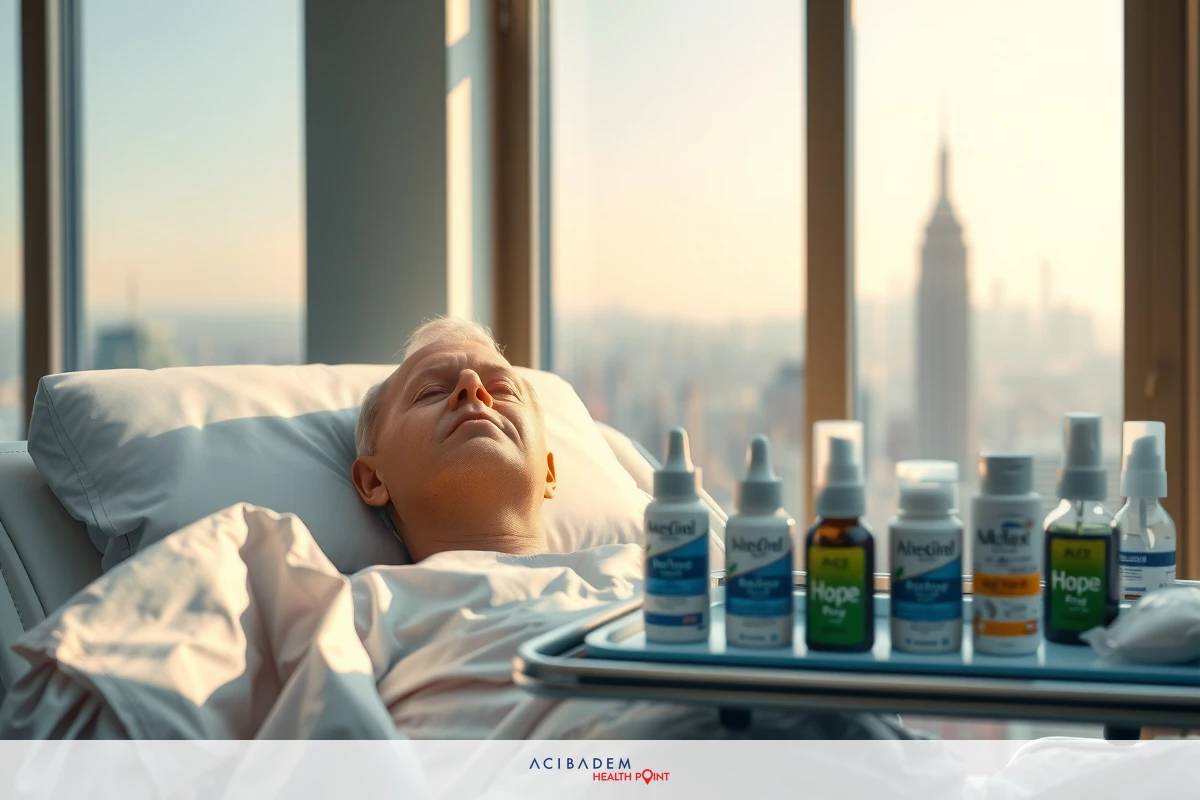What is Rhinoplasty Ferula
What is Rhinoplasty Ferula Looking at the world of medical advancements, we find a plethora known for enhancing recovery and improving patient comfort. Among these innovations, the rhinoplasty ferula stands out as an instrument of immense utility in nasal surgeries.
The role a simple device like a rhinoplasty ferula plays is multifaceted. It serves to protect, stabilize and shape the nose post-surgery while minimizing scarring potential. The benefits are manifold—ranging from quicker healing times to reduced swelling—all contributing towards achieving optimal results from surgery.
For patients undergoing nose surgery, understanding how to properly use this tool can be immensely helpful during their recovery journey. Proper usage not only ensures effective healing but also helps prevent complications that could compromise surgical outcomes. Henceforth, it’s important for both medical professionals and patients alike to familiarize themselves with such resources available.
What is Rhinoplasty Ferula Understanding Rhinoplasty Ferula?
When discussing nose surgery, or rhinoplasty, a key instrument often comes up: the ferula. This simple yet essential device plays an integral role in facilitating recovery after a surgical procedure on the nose. The primary function of this nasal splint—commonly known as a rhinoplasty ferula—is to protect and stabilize the newly reshaped structure of the nose during its healing process.
The design and construction of a rhinoplasty ferula are tailored to align with individual patient needs and specific surgical procedures performed. It typically comprises lightweight materials that do not impede breathing while ensuring optimal comfort for users. Its use extends beyond protection; it also helps maintain desired results by preserving alterations made during surgery until complete healing occurs.
Understanding how influential this tool can be in one’s recovery journey post-rhinoplasty is crucial—both for patients preparing for such surgeries and medical professionals aiding their recuperation period. By doing so, they can navigate through each phase of recovery more effectively—a critical step towards achieving superior outcomes from their surgical efforts.
Benefits of Rhinoplasty Ferula
Delving into the realm of rhinoplasty recovery, it becomes evident that a ferula is not just an accessory but rather a necessity. This nasal splint, known as the rhinoplasty ferula, brings about several benefits contributing to a smoother and more efficient healing journey. Let’s take a closer look at these advantages:
The primary benefit lies in its ability to protect the nose after surgery. It acts as a shield against accidental bumps or hits that could disrupt the surgical alterations made.
By maintaining pressure on swelling tissues, it helps reduce post-surgical edema—a common side effect encountered during rhinoplasty recovery.
Consistent use ensures preservation of the surgeon’s work. It holds the new shape given to your nose until complete healing occurs—ensuring optimal results from your procedure.
Designed with patient comfort in mind, they are typically lightweight and do not hinder breathing—making them relatively easy to wear for extended periods.
These reasons make clear why using a rhinoplasty ferula turns out advantageous when recovering from nose surgery—it aids protection, supports quicker healing process and ensures optimal outcomes—all while being

comfortable enough for patients’ everyday use.
Tips for Using Rhinoplasty Ferula
In the realm of rhinoplasty, effective post-surgery care is pivotal. One such aspect directly involves the strategic use and maintenance of a nasal splint or ferula during recovery. Understanding this device’s usage can greatly enhance your healing journey and ensure optimal surgical outcomes. Here are some valuable tips on how to properly handle a rhinoplasty ferula:
Ensure you wear the ferula as directed by your surgeon—usually around-the-clock in initial days following surgery—to maintain new nose shape.
Avoid any unnecessary pressure or touch to the splint—a gentle clean with damp cloth should suffice for hygiene purposes.
Should you experience discomfort or difficulty breathing while wearing it, consult your medical professional promptly—adjustments may be necessary.
Keep an eye out for unusual redness, swelling, or discharge around the area where the ferula rests—if noticed, seek medical attention immediately as these could signal infection.
By adhering to these guidelines when using a rhinoplasty ferula after nose surgery, not only will patients facilitate their own recovery but they can also contribute towards maintaining successful results from their procedure—an essential consideration in healthcare settings!
Frequently Asked Questions
What exactly is a rhinoplasty ferula?
A rhinoplasty ferula, also known as a nasal splint, is a device designed to protect and stabilize the nose after surgery. It aids in maintaining the new shape given during surgical procedures while facilitating recovery.
How long should I wear my rhinoplasty ferula post-surgery?
The duration can vary depending on individual patient needs and specific surgical procedures performed. However, it's common for surgeons to recommend wearing it around-the-clock in the initial days following surgery.
Can I clean my rhinoplasty ferula at home?
Yes, you can gently clean your nasal splint with a damp cloth at home. Avoid applying unnecessary pressure or touch to avoid disruption of its positioning on your nose.
What signs should prompt me to seek medical attention when using a rhinoplasty ferula?
Unusual redness, swelling or discharge around the area where the ferula rests may indicate complications such as infection. If noticed, promptly seeking medical attention is advisable. This FAQ aims to address some of the most frequently asked questions about rhinoplasty ferulas and their role in enhancing recovery from nose surgeries—an essential tool contributing towards successful healthcare outcomes!











